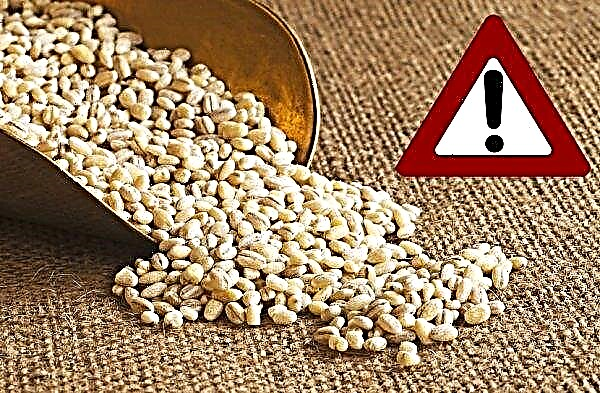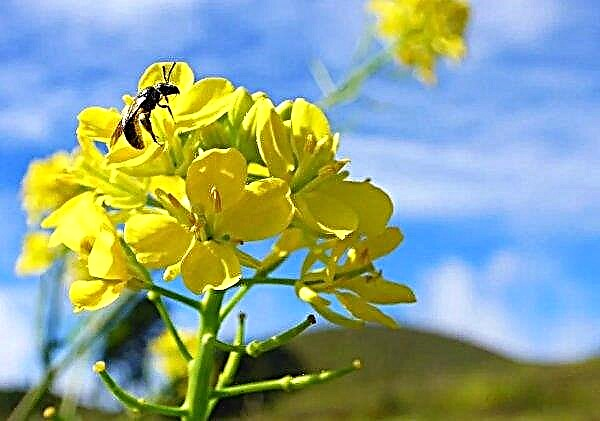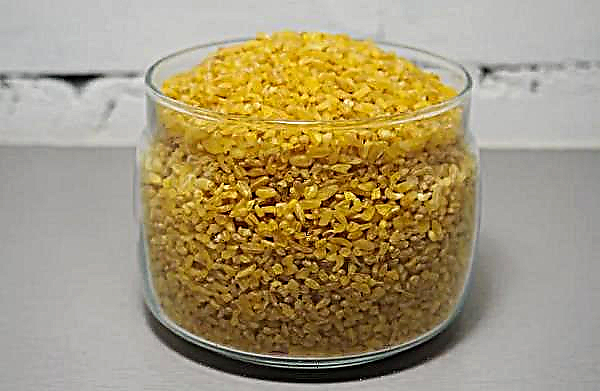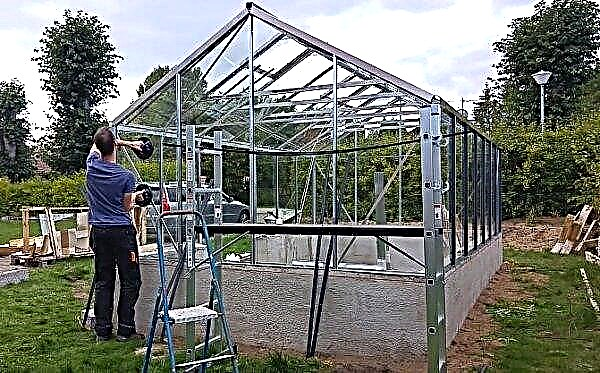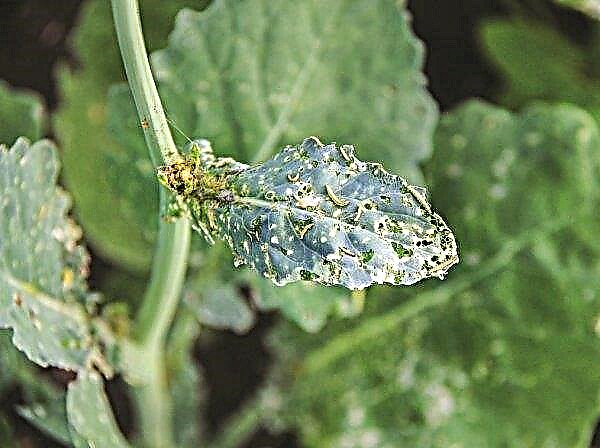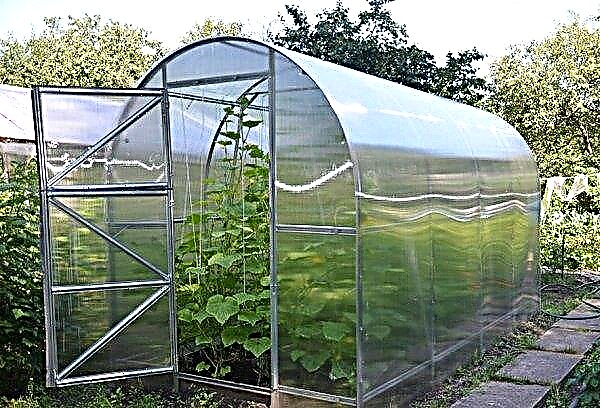To achieve beautiful flowering of gladioli is quite difficult, for this it is necessary to adhere to the correct agricultural techniques for their cultivation. One of the most important agricultural practices for cultivating this handsome man is autumn sampling and winter storage of bulbs.
Do I need to dig out gladioli for the winter
The bulbs of this plant are rather capricious, so in the autumn they dig them up and send them for storage until the next season. They are removed for the winter not only so that they do not freeze (they really do not tolerate prolonged exposure to low temperatures and wintering in open ground). This agricultural technique is also needed to determine the condition of the bulbs, to discard among them rotten, damaged, infected, to free the bottom, thereby stimulating better growth next summer.
This agricultural technique is also needed to determine the condition of the bulbs, to discard among them rotten, damaged, infected, to free the bottom, thereby stimulating better growth next summer.
When should autumn dig gladioli in the suburbs
The determination of the time of excavation of gladioli is influenced by many factors:
- varietal features (in particular, the period of the formation of the baby);
- soil-climatic zone (moderately climatic in the suburbs);
- weather in the current year;
- agricultural background of the cultivated area;
You should know that digging out gladioli cannot be done before young corms (babies) mature. This is about 30–45 days from the termination of flowering (cutting) of peduncles. It is also worth considering that corms are best harvested slightly unripe, since when overriding, a significant part of the children can simply remain in the ground.Did you know? The ancient Greeks considered gladiolus a weed and mercilessly destroyed a flower with a tuber, tearing it out and burning it.

As a rule, the sequence of harvesting begins from early flowering - to late flowering plants. In the Moscow Region, it is necessary to start digging up early varieties from the beginning of October, and it is necessary to finish digging before freezing the soil and the onset of stable autumn frosts.
Did you know? In the Middle Ages, gladiolus was considered a medicinal plant. A decoction of his bulbs treated toothache and was used to improve lactation in nursing mothers.
Be sure to pay attention to weather conditions. The fact is that wet and cool soil provokes the development of various forms of tuber bacteriosis, which can negatively affect planting material and ruin the varietal characteristics of the flower. It is necessary to find out the nearest forecasts, and in case of the threat of prolonged rains, the harvesting of gladioli should be postponed to an earlier date.

Rules for digging gladioli
The corms of gladioli should be dug up with a shovel. This method minimizes the possibility of losing children (which is important when breeding especially valuable varieties) and clogging the site.
The dug out bulbs must be carefully shaken off the soil (it can be washed) and laid out for preliminary drying. Sick and infected tubers must be destroyed immediately. If the diseased bulb is a rare variety that you want to propagate, it is worth placing it separately, and then treat it with disinfectants. Then it is necessary to start cleaning the corms from the husks, children (if necessary, postpone them separately for subsequent reproduction), roots and the old maternal bulb.
Then it is necessary to start cleaning the corms from the husks, children (if necessary, postpone them separately for subsequent reproduction), roots and the old maternal bulb.
In the case when the corms did not have time to ripen and its separation is problematic, it needs to be allowed to mature for some time, otherwise you can damage the bottom of the young tuber, which is strictly unacceptable. At this stage, it is recommended to disinfect the excavated material by placing it for 15-30 minutes in any solution consisting of a fungicide and an insecticide that protects against thrips.
When calibrating gladioli pay attention to the size of the bottom - it should be no more than 1 / 7–1 / 6 of the size of the bulb diameter. This means that the plant is young and next year will please you with good flowering. Old gladioli have a big bottom, they should be disposed of without regret.Important! Dark-colored gladioli have the least resistance to diseases, so they should be cleaned along with early varieties.
 Dug bulbs are placed for through ventilation in a place protected from direct sunlight for 2-3 days. Then they must be collected and maintained for 2-3 weeks at a temperature of +25 ... + 28 ° C, after which it can be stored.
Dug bulbs are placed for through ventilation in a place protected from direct sunlight for 2-3 days. Then they must be collected and maintained for 2-3 weeks at a temperature of +25 ... + 28 ° C, after which it can be stored.
How to store
A suitable affordable container for storing the bulbs of this flower can be considered ordinary 3-liter jars closed with perforated nylon caps (“SCAN”), since under this condition the most favorable air-water balance is maintained. Tubers are laid in several layers no more than half of the container.
Important! Thrips can ruin the entire collection of gladioli. Signs of damage by root thrips can be identified by the presence of small dark holes in the tuber. If the root is simply corroded, but there are no signs of a pest in it, simply treat the damaged area with iodine or brilliant green.
Experts advise shifting them with dry shredded tansy for more reliable protection against thrips. For the same reason, they recommend preserving the tubers at a temperature of +4 ... + 5 ° C. A lower temperature is unfavorable for the bulbs themselves, and a higher one stimulates the reproduction of this dangerous pest.
Video: How to store gladiolus bulbs
What will happen if you do not dig
In case you did not plan to dig out gladioli for the winter, they should have been planted to the depth of the bayonet bayonet. Then planting flowers must be insulated with straw, sawdust, fallen leaves, rotted humus or other available material. But the risks of freezing bulbs in the Moscow region are great, especially if the winter is not snowy.
Thus, the digging of gladioli bulbs is a necessary measure. This process will help sort healthy bulbs and maintain their ability to produce a lush, healthy flower for the next year.

